Last updated on: September 18, 2024
A pickleball paddle is like your trusty sidekick—it plays a huge role in how well you perform and how much fun you have on the court. But let’s be honest, we’ve all wondered, “How long is this paddle going to last?”
In this article, We’ll see what affects your paddle’s lifespan, the sneaky signs of wear and tear, and (because we all want our gear to last) some tips to keep your paddle in top shape. Plus, how to know when it’s time to say, “Goodbye, old friend!” and grab a new one! 😅
How Long Does a Pickleball Paddle Last?
It is one of the most common questions from beginner pickleball players, and its answer depends on different factors. First, we have to know those factors in detail.
Factors Affecting Paddle Lifespan
The longevity of a pickleball paddle depends on various factors, including the quality of materials used in its construction, the frequency and intensity of play, and how well it is maintained and cared for.
Material Quality and Construction
Paddles made from graphite or composite materials tend to last longer than wood paddles. Graphite paddles are known for their lightweight feel and performance, while composite paddles offer a balance of durability and playability.
The quality of construction, including the bonding of layers and the integrity of the core, also influences the paddle’s lifespan.
Intensity of play
If you play often, especially in competitive matches, your paddle will wear out faster due to more stress and impact. Casual players will find their paddles last longer than those playing multiple times a week.
Maintenance and Care
Proper care goes a long way in prolonging a paddle’s lifespan. Clean your paddle after every session, store it in a cool, dry place, and avoid hitting hard surfaces that may damage it.
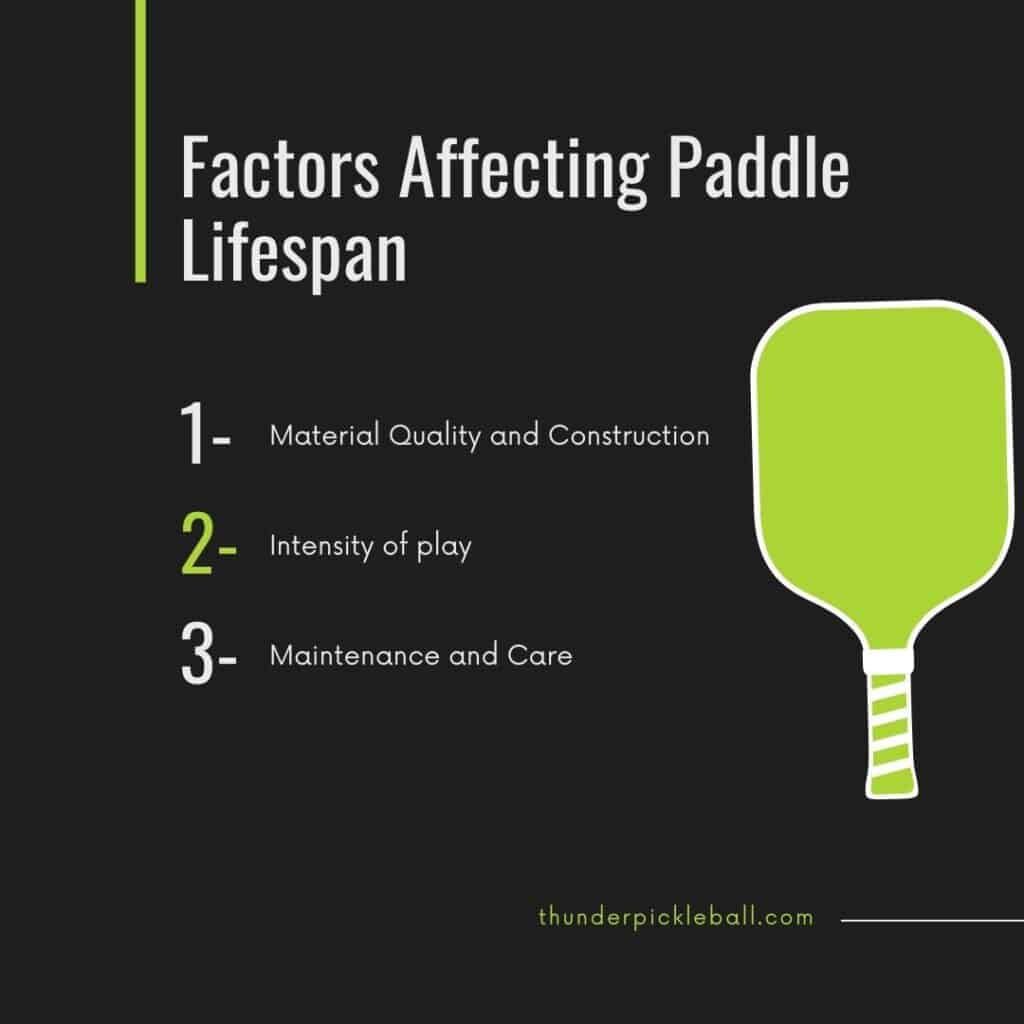
Signs Your Paddle is Worn Out
Over time, your paddle may show signs of wear and tear. Here are a few things to look out for:
- Surface Damage:
Scratches, dings, or peeling layers can reduce your paddle’s effectiveness. - Grip Deterioration:
A worn grip can make it harder to hold the paddle, leading to poor control and performance. - Structural Integrity Issues:
Cracks, fractures, or a loose edge guard are signs it may be time for a replacement.
Average Lifespan of a Pickleball Paddle
How long does a pickleball paddle last? It varies depending on how often you play and how well you take care of it. On average, a paddle can last from several months to a few years. High-quality materials and proper maintenance can make a paddle last longer, but heavy use in tournaments may wear it out sooner.
How to Extend the Life of Your Paddle
To get the most out of your paddle, follow these simple tips:
Add an Edge Guard:
This can help prevent chips and cracks on the paddle’s edges.
Regular Cleaning:
Wipe down your paddle after each use to remove dirt and sweat.
Protect the Paddle:
Use paddle covers or cases when transporting it, and avoid hitting hard surfaces to prevent damage.
When to Replace a Pickleball Paddle
Knowing when to replace your paddle is important for maintaining peak performance. If you notice any of the following, it might be time for an upgrade:
- Visible signs of wear are affecting your shots.
- You’re losing power or control when playing.
- The paddle feels less responsive or consistent.
Frequently Asked Questions
Do Pickleball paddles wear out?
Yes, pickleball paddles wear out. Therefore, you need to do proper maintenance to avoid your paddle from it.
How do you know when a pickleball paddle is worn out?
Look for surface damage like scratches, cracks, or peeling, as well as grip deterioration. If your shots feel inconsistent, it might be time for a new paddle.
When should I upgrade my pickleball paddle?
Consider replacing your paddle if you notice a drop in performance, experience more wear and tear, or want to try a different paddle style.
How do you store a pickleball paddle?
Store your paddle in a cool, dry place. Clean it after each use and keep it in a paddle cover to protect it from damage.
Read More
Calculator: Pickleball Calories Burned Calculator, Pickleball Win Percentage Calculator, Pickleball Skill Rating Calculator: Find Your Level in Minutes
Shoes: Diadora Pickleball Shoes Review, Best Women’s Pickleball Shoes Tested by Pros, Are Hoka Shoes Good For Pickleball?
Players: Mary Brascia Net Worth and Bio, Riley Newman Net Worth

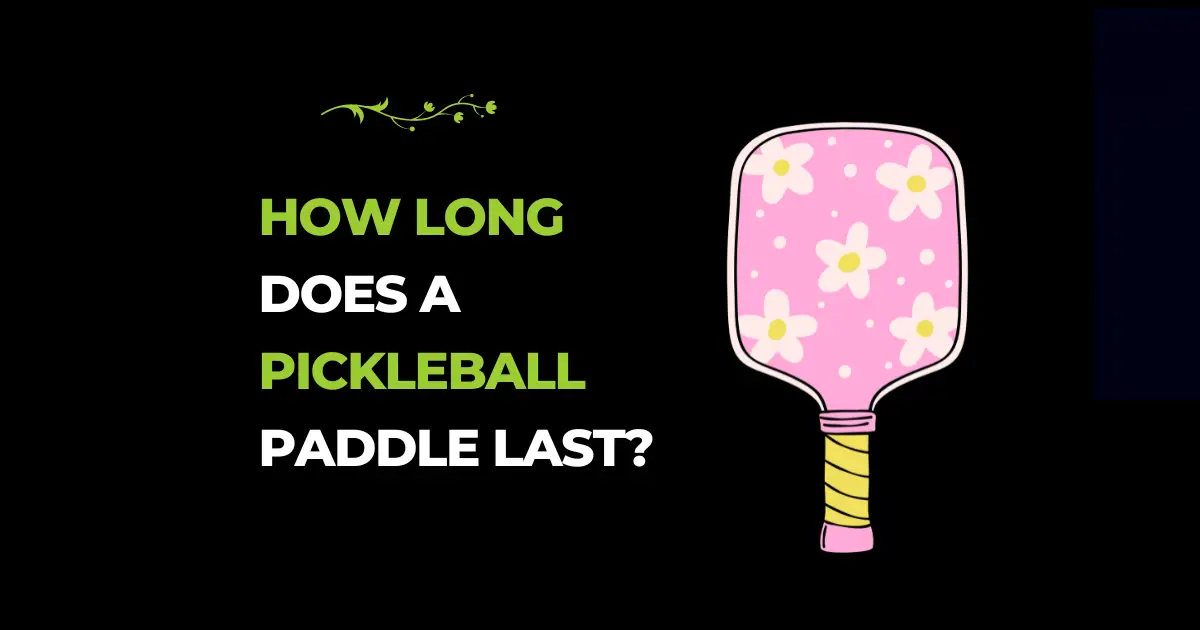
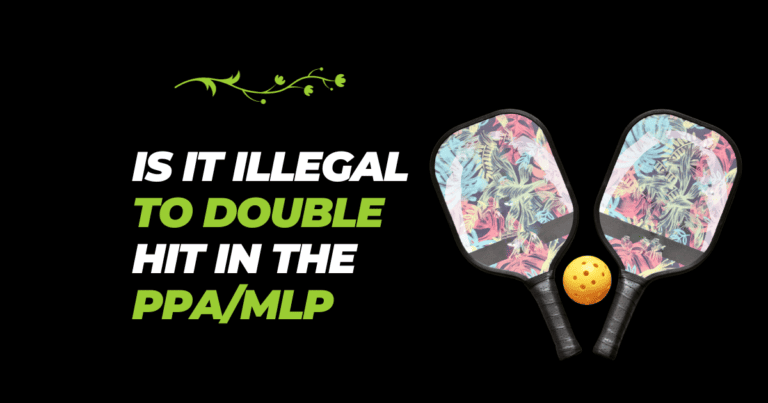

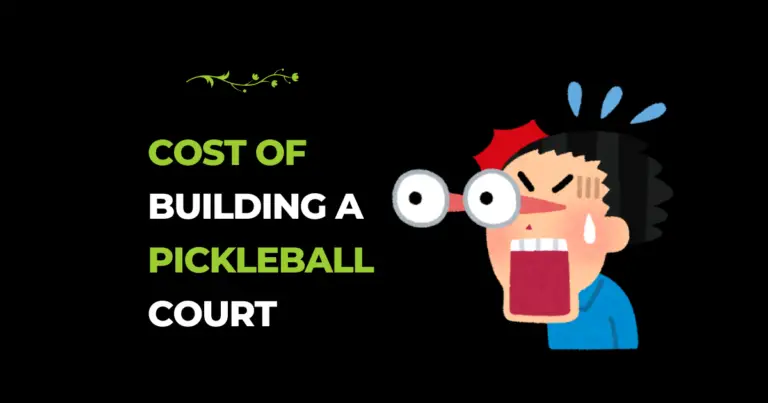


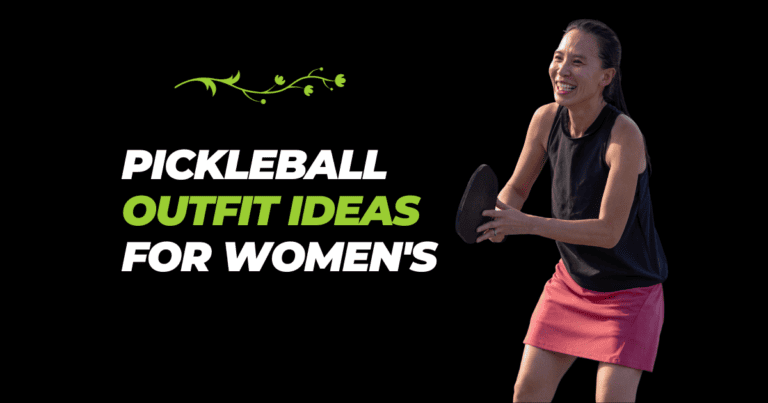
2 Comments